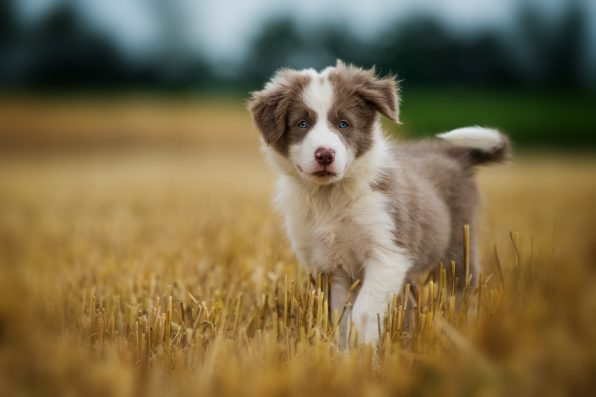How To Properly Introduce Your New Puppy To Your Older Dog And Foster A Friendship Between Your Furry Friends

Bringing a new puppy into your home is similar to watching a brand-new episode of your favorite television series. It’s definitely exciting, but you aren’t quite sure how the characters will interact yet.
Now, if you already have an older furry friend at home, you know they’re set in their ways. That’s why the introduction between your older dog and your brand-new pup is a pivotal scene that will set the stage for their future relationship.
Let’s break down how you can prepare for this moment and help your dogs start off on the right paw.
Set The Stage With Neutral Ground
Think of the first meeting as if it were a blind date. It’s best done on neutral territory, like at the park or on a quiet street, so your older dog doesn’t feel the need to defend their home turf.
This neutral setting will significantly reduce the chances of territorial behavior and allow both dogs to interact without the baggage of ownership over the space!
A Controlled First Impression
Once you’ve decided on the environment, be sure to keep both dogs on a leash during their first interaction.
At the same time, it’s crucial for you to read their body language. Relaxed tails and playful bows are very good signs. On the other hand, if you notice stiff tails, pinned-back ears, or growling, it’s time to give them some more space.

DoraZett – stock.adobe.com – illustrative purposes only
Remember, this introduction is not a sprint; it’s more of a leisurely stroll towards friendship. So, take your time.
Bringing Your Puppy Inside
Once your older dog and your new pup have had a positive initial meeting, it’s finally time to bring your puppy into the house.
At that point, it’s crucial to let your older dog enter the house first. This will allow them to reinforce their status.
Then, you can introduce the puppy to your home. Just try to keep the dogs’ initial interactions short and sweet to avoid overwhelming them.
Respect Their Space
As your dogs get acclimated to living under the same roof, be sure that they each have their own space. That includes separate dog beds, bowls, and toys.
Keeping things fair but separate will help prevent any resource guarding while giving your older dog a sense of security.
You can think of this phase as setting boundaries in a shared apartment: every roommate needs their own space to retreat to.
Keep An Eye Out During Playtime
Your dogs can also start to play together, but during their early interactions, make sure to supervise playtime to ensure it stays friendly.
You might have to play the “referee” from time to time, making sure your energetic little puppy doesn’t overwhelm your older dog.
But, just like dealing with rowdy toddlers, you may just have to separate or redirect your dogs if things become too chaotic.
Patience Is Key
Lastly, keep in mind that there is no one-size-fits-all solution. Rather, every dog will move at its own pace when it comes to warming up to new friends.
Some might become inseparable within days; meanwhile, others might need weeks or even months to form a friendship.
Just be patient during this time and refrain from forcing any interactions that don’t happen naturally. You never want to make your dogs feel uncomfortable or threatened.
Sign up for Chip Chick’s newsletter and get stories like this delivered to your inbox.
More About:Animals





